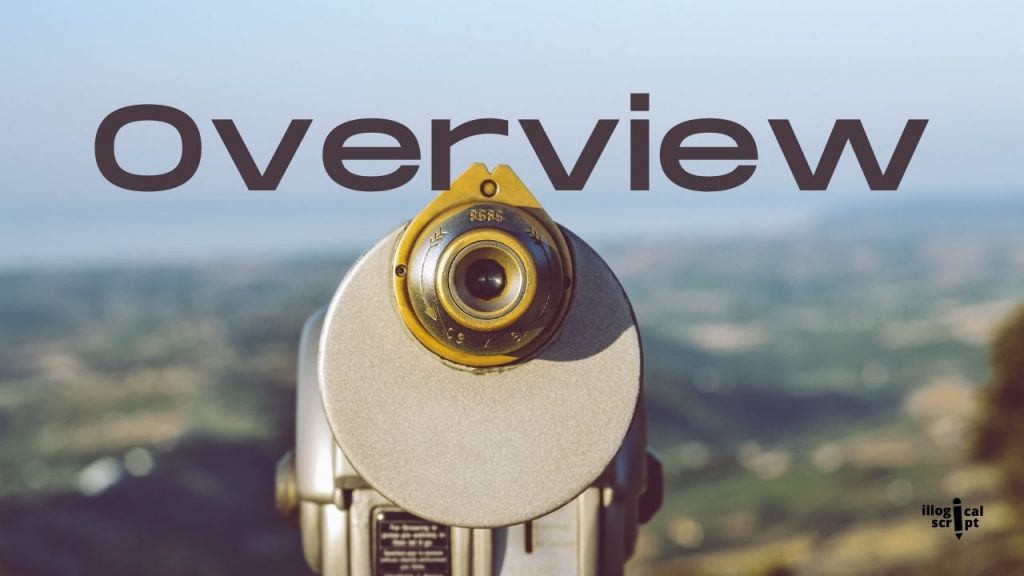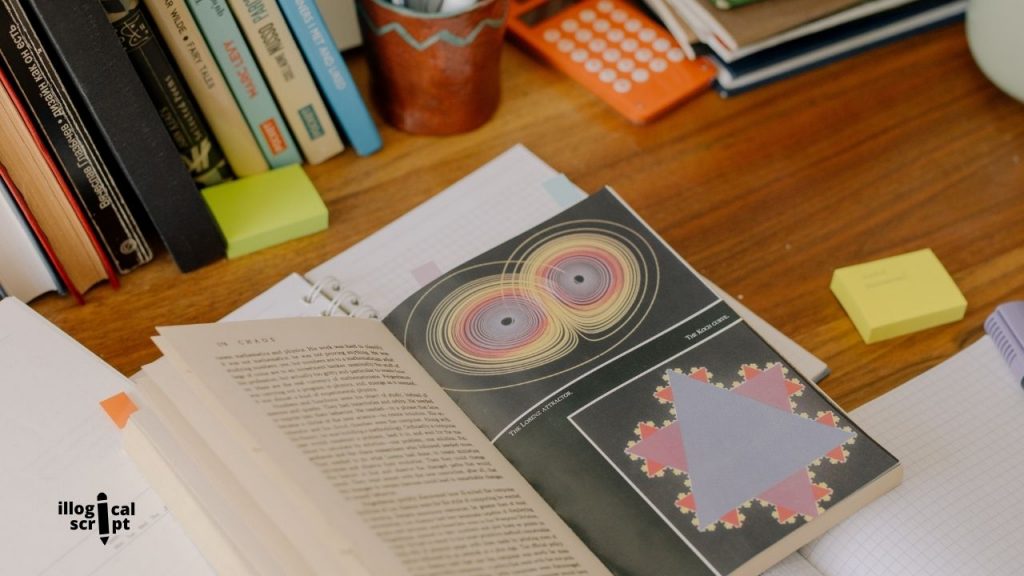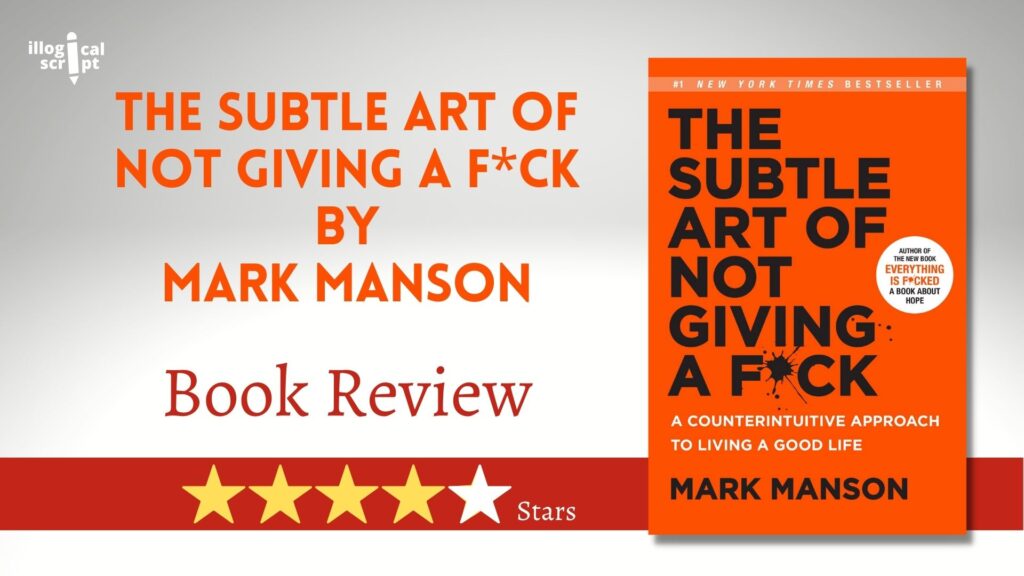The Subtle Art of Not Giving a F*ck Book Review- How many times it happens that willingly or unwillingly, you just worry about things that do not matter that much. Aftermath of which is the unnecessary anxiety and mental stress, which could easily have been avoided.
The book “The Subtle Art of Not Giving a F*ck by Mark Manson” had been a book on my TBR list for quite a while until I decided to finally give it a go- and I must say, I don’t regret waiting to read the book. It was worth the wait, at least for me.
The Subtle Art of Not Giving a F*ck by Mark Manson is not a regular self-help book and you cannot expect a regular book review for this exceptional book.
Why exceptional?
The book is very different from the self-help books you generally read. The style of writing, the references, the examples, the language, everything differs, and along with the book review, you’ll know why.
General Overview: The Subtle Art of Not Giving a F*ck | Book Review

Before jumping to the review let’s first go through the overview of the author Mark Manson and the book to know what The Subtle Art of Not Giving a F*ck is actually all about with the hint why I called this “exceptional“.
Mark Manson- Author of The Book
Mark Manson, the author of the book “The Subtle Art of Not Giving a F*ck” is one of the most hilarious people you will come across. He is not only funny but also wise.
Mark Manson is a two-time New York Times bestselling author whose works have been sold more than 14 million copies worldwide and been translated to more than 65 languages known.
Mark Manson, before being an author was a blogger who started a blog in 2009, and in a few years, it was being read by millions of people each month.
After his graduation from the University of Boston in 2007, Mark worked at an investment bank for mere 3 weeks which he later quit because his manager complained that he “read too many books while at work” (and that is going to be a lot of us). And that was the only time he had a “Real Job”.
Before a writer/blogger he was a musician. After his graduation in 2007, he started his online business in 2008, and in the following year (2009), he packed his bag and laptop and traveled across the globe for the next few years spending a significant amount of time in a few countries now finally living in the New York City with his wife.
Book Overview- The Subtle Art of Not Giving a F*ck | Book Review
As I already said, The Subtle Art of Not Giving a F*ck by Mark Manson is not a conventional self-help book. It is a modern self-help masterpiece.
The cover of the book says “The Subtle Art of Not Giving a F*ck” and this is what appears to be a dilemma for many who take a glimpse at it for the first time. You may think that this book is about how to not care or how to not give a f*ck but in reality, the book is more about what to give it to and what things to care about.
Mark Manson has come up with a new approach to things and also incorporated humor in the book while giving you the much-needed value that you need.
The Subtle Art of Not Giving a F*ck by Mark Manson is a book more about values and the definition of success and how it can be different for different people.
While most self-help books assume that we all want the same things, for instance- money and success (which we do want) but success is beyond that. Nothing of that sort has been assumed in the book, making it different from others.
The book helps you see what actually your goals should be and the things you should be giving a f*ck about.
Now, let’s straight-up jump to the CHAPTERWISE SUMMARY OF THE BOOK “The Subtle Art of Not Giving a F*ck by Mark Manson”
Book Blurb: The Subtle Art of Not Giving a F*ck Book Summary
I think why The Subtle Art of Not Giving a F*ck by Mark Manson has become an NYT bestselling book is because of the use of the word F*ck right there on the cover of the book as well as the bright and attractive orange-colored cover the book is contained in.
This Novel has a total of 9 chapters for you to read making it a fast book to read also, the most read a non-fiction book of the year 2017.
Let’s go through the chapter wise short summary of the book, shall we?
Chapter 1: Don’t try. | The Subtle Art of Not Giving a F*ck Book Summary.
Chapter one of the book is named “don’t try”. The book opens up with the story of Charles Bukowski, who is a successful writer and has achieved a lot but has a lot of issues. He has a drinking problem, smoking problem, prostitute problems.
Chapter one of the book compels you to re-think what you call success. You could be “conventionally” successful and still not be morally healthy and be doing things you should not. Chapter 1 challenges the assumed definition of success.
The author also mentions the backward law and explains it in his own way. He says that the pursuit of a positive experience itself is a negative experience and the acceptance of a negative experience itself is a positive experience.
The author, Mark Manson also states and quotes a number of examples to show that the more you want something, the more it seems to be going away from you no matter how close it actually is to you.
The ultimate path of positivity is through negativity.
Mark Manson
Mark Manson in his book the subtle art of not giving a f*ck, also tells you about the 3 subtleties of not giving a f*ck. The three subtleties are the following-
- not giving a f*ck does not mean being indifferent; it means being comfortable with being different.
- not giving a f*ck about adversity but to give a f*ck about something more important than adversity.
- whether you realize it or not, you are giving a f*ck about what not to give a f*ck about.
Chapter 2: Happiness Is a Problem | The Subtle Art of Not Giving a F*ck Book Summary.
Chapter two of the book starts with a story of Buddha and talks about the Buddhist concept of “dukkha” or dukkha which translates to “suffering” and also means sadness.
The concept however is not entirely Buddhist.
Mark says that there is also going to be some facet of suffering. It is not like we are doomed to suffer. The statement is followed by “The creature who is always happy, doesn’t survive much.”
The author also states in his book “the subtle art of not giving a f*ck” that the idea of always being happy is misguided. He believes that negative emotions have a purpose to them and are signals which are telling us to do something. If you are ignoring those signals, then you are limiting yourself to a greater good.
Happiness is like the dangling carrot, always in front of you.
mark Manson
The book tells you that negative emotions are the challenges to overcome. To which it is also added that emotions are not good or bad themselves, it is the context of that emotion that matters a lot and happiness comes when you solve those problems or take down the challenges.
To struggle is the ultimate life, so why not choose what are we willing to struggle for or what pain are we willing do we want in our lives.
Chapter 3: You’re Not Special | The Subtle Art of Not Giving a F*ck Book Summary.
In the third chapter of the subtle art of not giving a f*ck, the author narrates a story of someone he personally knew. It is the story of Jimmy who, the author says is a “con-man” and a 24*7 salesman.
Through the story the author wanted to define and talk about entitlement some people have, adding to this the book mentions the two types of entitlement as well.
The book describes entitlement as believing in positive experiences without wanting to feel the negative emotions. The two types of entitlements that the book throws light upon are-
- I am awesome and the rest of you all suck, so I deserve special treatment.
- I suck and you all are awesome, so I deserve special treatment.
The book also puts into the spotlight how the growing culture of “exceptionalism” is pushing yourself to feel delusional that you’re exceptional while the reality is far from the truth.
Chapter 4: The Value of Suffering | The Subtle Art of Not Giving a F*ck Book Summary.
The first three chapters of the book were the laying grounds of what is about to come from here ahead. From chapter number 4, the book becomes more about values.
The author opens up and narrates the story of Hiro Onada, who was a Japanese soldier fighting in World War Two. The story says that the soldier kept on fighting for his country even after the world war was over as he didn’t get to know when the war came to an end and he suffered a lot and went through hell in vain.
The moral ground of the story is that no matter how good your values are, if your aim and goal are not clear or if it is wrong, it will screw you up!
The book also lays out the difference between good values and bad values hereby. It says that good values are
- reality based
- socially constructive
- immediate and controllable.
Whereas the bad values are-
- superstitious
- socially destructive
- not immediate or controllable.
Chapter 5: You Are Always Choosing | The Subtle Art of Not Giving a F*ck Book Summary.
Entering into chapter number five, which is one of the most important chapters of the book, you will be made familiar with the story of William James.
Epiphany of the chapter being that you are always choosing whether you realize it or not. According to the book the subtle art of not giving a f*ck, there is no such thing as a situation. We tend to choose without realizing it.
- As soon as we become aware of the choices that we are making, usually one of either two things happen-
- we become comfortable with pain
- we get up and actually do something.
We don’t care who’s fault a situation is. Every moment we live, we have a choice to do or to do not do something.
Further, the author talks about fault fallacy, genetics, surviving trauma, cultural pressures. These are all “situations” and we choose to take or not take an action or responsibility about it.
Chapter 6: You’re Wrong About Everything (but so am I) | The Subtle Art of Not Giving a F*ck Book Summary.
Chapter 6 of the book begins with a fun experiment, kind of wanting you to think about stuff you thought was true some 15-20 years back. Things that people thought were true 500 years back and were proved wrong by us.
Groundwork about identity is also laid in this chapter. The book says the more something threatens your identity, the more you tend to avoid it and hence we should define ourselves as loosely as possible. As ambiguously as possible.
The author tells how if there is no such thing as self, there would be nothing to protect and nothing to lose.
Chapter 7: Failure Is the Way Forward | The Subtle Art of Not Giving a F*ck Book Summary
The author also has challenged the narrative of “do something” in chapter seven of the subtle art of not giving a f*ck and how people believe motivation leads to action, whereas this is far from the truth. In reality, it is the action that leads to motivation.
The chapter of the book is more about the positive and good sides of failure because, well, everything has a sunny side to it. NO?
Chapter 8: Importance of Saying No. | The Subtle Art of Not Giving a F*ck Book Summary
Ending the last sentence with No, you enter chapter number 8 of the book. The chapter is about how and why it is important to say no.
The author says the key to any healthy relationship is tolerance to how you handle and respect when someone says NO. A healthy relationship is when two people are comfortable with saying as well as hearing No. As, when people who cannot say no, struggle a lot and turn out toxic for each other at the end.
If you never say of hear no from someone, you will never know who will stay and who will leave in adversities.
The author then tells you how limiting yourself to a few things/people can actually be good for you. This way you have more freedom in your mind and also a lot of time for the commitments you make with the things that REALLY matter.
Chapter 9: And Then You Die… | The Subtle Art of Not Giving a F*ck Book Summary
Towards chapter 9 of the book, the author talks about a friend who dies when he was 19 years old. This experience initially caused the author to go into depression but eventually, it turned out to be good for him. He started asking himself questions he never would have otherwise.
In the book “The Subtle Art of Not Giving a F*ck”, the author talks about how it is when you confront death or are extremely near to it, you actually realize what things are important for you and what are the things you actually should be giving a f*ck about.
The author narrates an incident about Ernest Becker and also explains in depth how death elucidates everything that is important in life and the things that really matter in the first place.
What to learn from the book?

There are a lot of things you can learn from the book “The Subtle Art of Not Giving a F*ck by Mark Manson”. The fact that he acknowledges that the idea of always being positive is not doing as much as it should have definitely stuck with me in due course of the book.
The other things I loved/liked/learnt from the book are-
- Who you are is defined by what you’re willing to struggle for?
- The desire for a more positive experience is itself a negative experience. And, paradoxically, the acceptance of one’s negative experience is itself a positive experience.
- Pain is an inextricable thread in the fabric of life, and to tear it out is not only impossible but destructive: attempting to tear it out unravels everything else with it.
- To try to avoid pain is to give too many f*cks about pain. In contrast, if you’re able to not give a f*ck about the pain, you become unstoppable.
- The solution to one problem is merely the creation of another.
- Don’t just sit there. Do something. The answers will follow.
- In my life, I have given a f*ck about many people and many things. I have also not given a f*ck about many people and many things. And like the road not taken, it was the f*cks not given that made all the difference.
I specially find it amusing how the author has drawn a contrast between Giving f*cks and the poem by Robert Frost.
What do I think of “The Subtle Art of Not Giving a F*ck by Mark Manson”? | Book Review
I found the book The Subtle Art of Not Giving a F*ck by Mark Manson very humorous and intriguing. There were parts where the examples made perfect sense to me and there were parts where they did not. But I think that is completely okay.
Why I called this book exceptional in the first place was because, unlike other self-help books, it had humor, however sometimes vague but at least someone tried.
The book seemed very realistic to me and was a reality check that I needed and probably you need it too. Somewhere I already knew that “being positive all the time” was not the way, the book has really given me an edge and also has made me understand how limited my f*cks are and how I should carefully choose and determine what to and what not to give my f*cks to.
You’ll totally agree with me that “f*ck” is a funny word to say but the meaning is not that funny. I think the word was overused in the book. However, the context to which it was said mattered a lot.
The book definitely did broaden my horizon to how I think about death.
Star Ratings for The Subtle Art of Not Giving a F*ck by Mark Manson
I would happily give this book a 4/5 stars.
The 1.5 stars that I kept for myself, for now, is because I am not a person who uses a lot of the F word, the use of the word in the book kind of made me go “beep” every time the word appeared. No other rants about the book!
Do I recommend reading The Subtle Art of Not Giving a F*ck by Mark Manson?
Yes, there is no reason you should miss out on a New York Times bestseller book. The book is realistic, funny and would make you go “Oh, okay!” a few times. But that is the surprise element of the book so why not give it a go?
I would not recommend this book to children or teenagers who are under 16 years of age and that is because of the use of the F word. But if you fall under that category and still want to give it a go, you absolutely can. No compulsions.
Modern literature is evolving as time grows and this book, The Subtle Art of Not Giving a F*ck by Mark Manson is an evolved and adapted book.
Also read the book review of Steve Jobs By Walter Isaacson.




